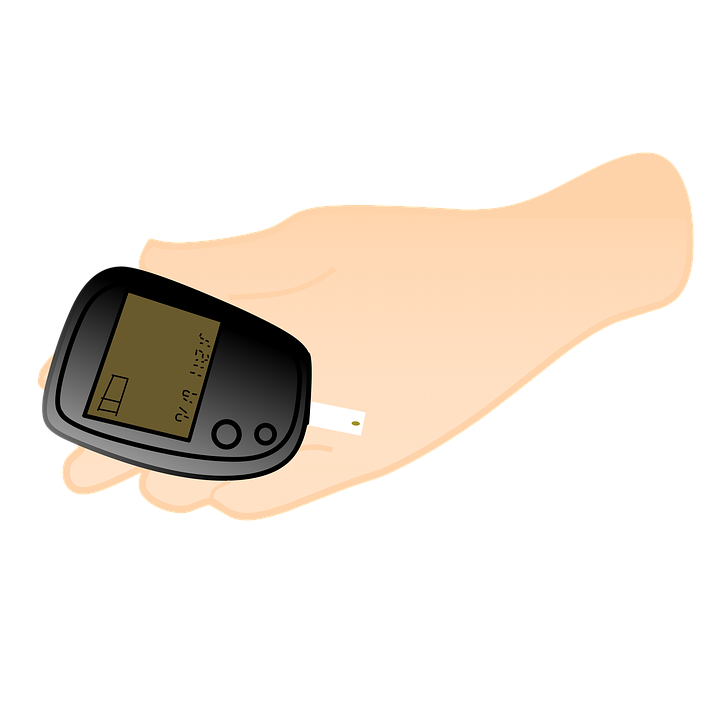Diabetes monitoring made easy through this tiny device
November 01, 2017 | Wednesday | News
The device has a very fine probe that enters below the skin and takes glucose readings every 5-15 minutes automatically, without the patient having to draw blood.
Imagine a diabetes patient receiving a text message on his mobile phone warning him that his blood glucose level is too low or a patient’s mobile phone calling an emergency number when the patient goes into diabetic shock. Both scenarios depend on automatic, continuous monitoring of blood glucose levels and transmission of that information to a phone. The development of advanced biological sensors and integration with passive radio frequency identification technologies are the key to this.
According to the news reported by freepressjournal, these hold the promise of being able to free patients from finger stick sampling or externally-worn devices while providing continuous blood glucose monitoring that allows patients to manage their health more actively. The doctors said the challenge associated with diabetes management is the burden of glucose monitoring. When blood sugar is checked at home using a conventional glucose meter, one can find out only what the level is at that particular moment.
“In order to understand whether the sugar is increasing or decreasing with meals, exercise, stress, alcohol one has to check the sugar at multiple points of time through the day,” said Dr Akshay Jain, consultant endocrinologist, Wockhardt Hospital.
Jain further stated some of them are prone to developing low sugar while sleeping so it is impossible for patient to check their sugar level until there are waken up. Continuous glucose monitoring helps address these challenges by using RFID technology.
It consists of a tiny device, slightly bigger than a Rs 10 coin, that is placed on the skin by a medical professional. It has a very fine probe (as thin as a human hair) that enters below the skin and takes glucose readings every 5-15 minutes automatically, without the patient having to draw blood.
Jain further said readings are stored in the chip on the sensor and downloaded by concerned doctor. It can be used for between 7-14 days. The sensor is waterproof and one can take a shower while wearing it. It uses RFID technology for communication and hence has absolutely no radiation exposure and can even be worn on flights or around children/ pregnant women.
The main benefits are that it can help understand how sugar changes in response to different foods, during sleep and whether current medications are effective, without the patient having to continuously prick their fingers. It has completely revolutionised the management of diabetes across the world.
Depending on the manufacturer, there are continuous glucose monitors that might require you to check your blood sugar 2-3 times a day while wearing the device to calibrate it or certain other devices that require no input from the patient at all. When the doctor wirelessly downloads the device using a special reader, he/ she can show you how your blood sugars respond differently to different foods (e.g. roti versus rice), exercise or activity levels, alcohol intake, overnight while sleeping, etc.










